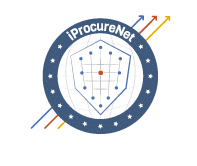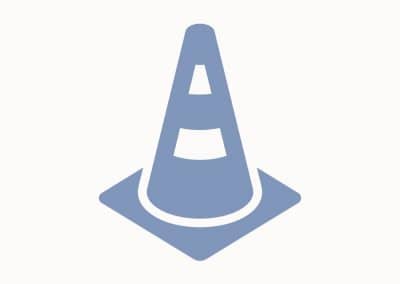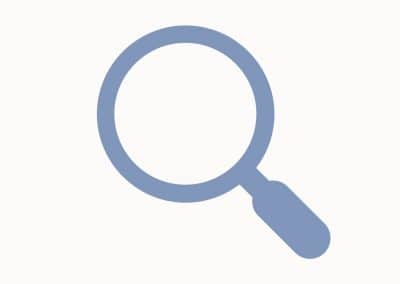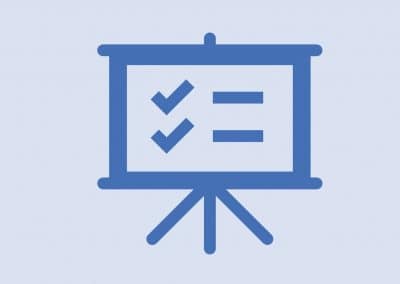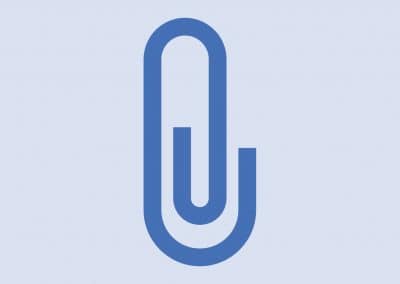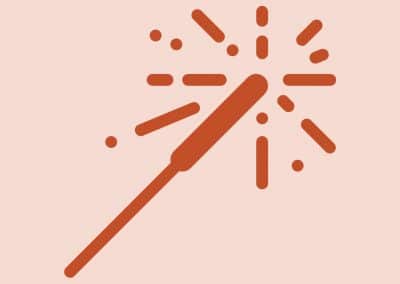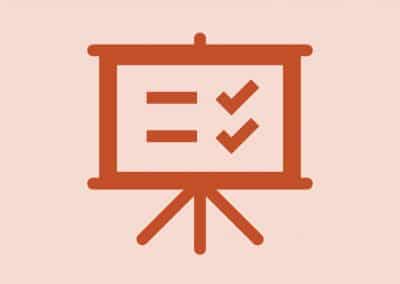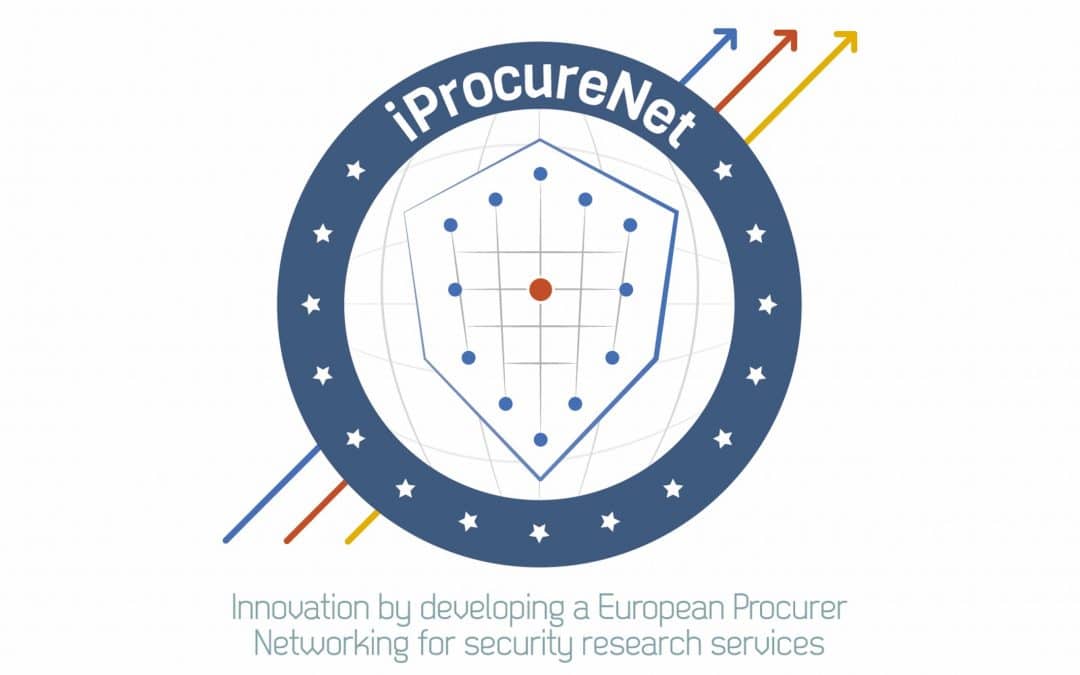The iProcureNet online survey on experiences with and attitudes towards joint public procurement has confirmed obstacles and pitfalls identified in the project description, such as the economy of scale, knowledge sharing and standardisation potentials on the upside; and harmonisation issues, legal obstacles and lack of coordination on the downside.
Some new and interesting insights, however, must be underlined. It appears that it is easier to identify existing JPP from sectors other than the security & defence sector. Recommendations include to put special emphasis on the pre-tendering phase; to identify key stakeholders and end users and involve them from early on; to adopt a project-management attitude with key performance indicators and clear rules for decision-making, and to pay special attention to assessment and long-term needs.
iProcureNet was also able to identify seven potential candidate groupings for joint public procurement from the analysis of seven investment plans collected by WP2. A list of segments with special potential for innovation procurement was also identified.
Upcoming activities for the next period include the release of the Toolbox and the publication of the detailed survey results. The second cycle will be started by WP2, who will collect further investment plans and update the existing ones, while WP3 will take over the list of potential candidates for a feasibility study.
Find the full April 2020 report on findings here.
